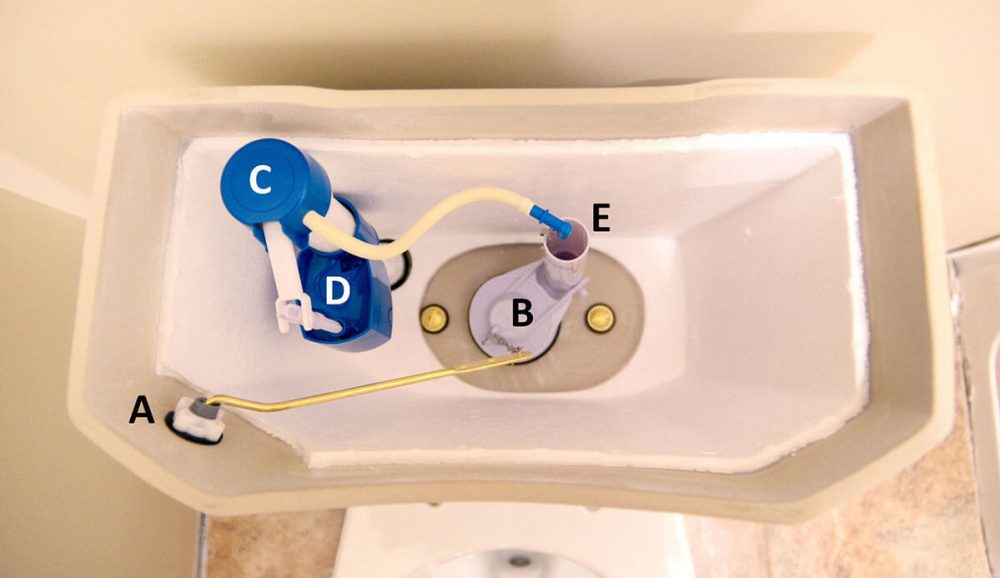A constantly running toilet isn't just annoying—it can also lead to a spike in your water bill and even waste hundreds of gallons of water. Understanding why your toilet won't stop running and how to fix it can save you both time and money. If you're facing persistent plumbing issues and need expert assistance, Plombier La Prairie is here to help with all your plumbing needs.

1. Faulty Flapper Valve
The flapper is a rubber valve that opens to let water flow from the tank to the bowl when you flush and closes to stop the flow afterward. Over time, the flapper can wear out, become misaligned, or get dirty, causing it to stay partially open and allowing water to continuously leak into the bowl.
Solution: Inspect the flapper for any visible wear or damage. If it's warped or degraded, replacing it with a new one can usually solve the problem. Be sure to get a flapper that fits your specific toilet model.
2. Malfunctioning Fill Valve
The fill valve controls the water level in the tank. If it's not working properly, it may continuously let water into the tank, causing it to overflow into the overflow tube and keep the toilet running.
Solution: Check the fill valve to ensure it's functioning properly. Adjust the float to lower the water level, keeping it below the overflow tube. If the fill valve is broken, consider replacing it, as this is a simple and affordable fix.
3. Chain Issues
The chain connected to the flapper can sometimes get tangled, become too short, or too long, preventing the flapper from sealing correctly. If the chain is too tight, it can keep the flapper slightly open; if too loose, it may not open fully, affecting the flush.
Solution: Adjust the chain so it has a small amount of slack, allowing the flapper to seal fully after each flush. If the chain is tangled or worn, replacing it can help restore proper function.
4. Faulty Float Mechanism
The float mechanism determines the water level in the toilet tank. Older toilets use a floating ball attached to a metal rod, while newer models typically use a float cup. If the float is set too high, it will allow water to continuously overflow into the overflow tube, causing the toilet to run.
Solution: Adjust the float to lower the water level in the tank, which should be about an inch below the overflow tube opening. For float cup models, adjust the screw on the fill valve; for ball floats, gently bend the rod downward.
5. Worn-Out Flush Valve Seal
The flush valve is where water flows from the tank to the bowl when you flush. Over time, the flush valve seal can wear down, crack, or accumulate debris, leading to leaks.
Solution: If you see signs of wear or debris on the flush valve seal, clean it with a sponge and mild cleaner. If cleaning doesn't help, you may need to replace the flush valve seal to create a watertight seal again.
When to Call a Professional
While some toilet repairs can be handled on your own, more complex issues may require professional assistance. If you've tried the above fixes and your toilet still won't stop running, it's a good idea to consult a plumber. Plombier Magog can diagnose and resolve even the most stubborn toilet problems, ensuring efficient and reliable repairs.






